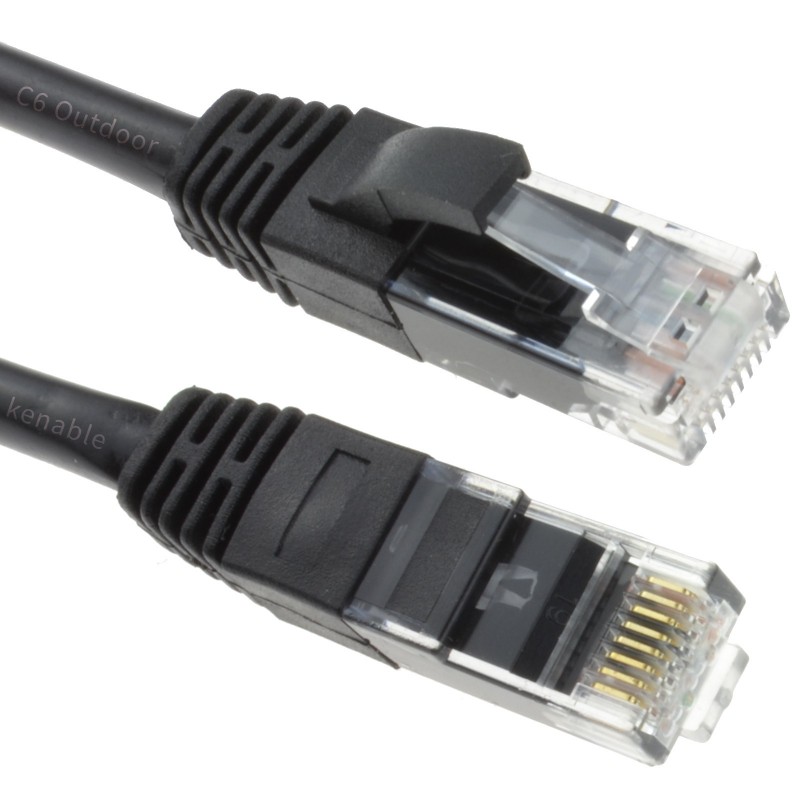- Joined
- 15 Apr 2018
- Messages
- 260
- Reaction score
- 1
- Country

Hi all
after hijacking this post

 www.diynot.com
Back story:
www.diynot.com
Back story:
we have a house with a 50m garden
At the front we have a fibre set up- Trooli fibre to door 300mb/s
Speeds around the house are pretty good
but when you get in the garden it just dies ( did not use to be like that!)
We are building a home office in the garden 20m from the house and summerhouse 20m further than that..
My wife works from home teaching and does a lot of zoom/teams calls with powerpoint and some video sharing
At the moment I have a cat 5 cable that runs from the router to the kitchen.
1st idea was to barrel the cat 5 to another cable and run that to the office and use an old router to repeat the wifi, then take another cat5 to the summerhouse and repeat.
I now think that seems a bit low grade!
So then I thought of upgrading. this is the idea
Ignore the existing cat 5 cable
Run a 40m cat 7 cable from the router to the office( its about 35m by the time you take in routing etc)
install a poe switcher and then install a wap.
If the wap doesnt cover the summerhouse then i can run another cat 7 to the summerhouse ( I may well do that in any case as once the office is built it will be difficult to neatly run the cable.
Does that sound good ( even if possibly a bit of overkill)
From the previous post someone recommended Ubiquity kit as there was a lot of kit that is sold cheap on ebay from when offices etc upgrade.
So I have found the following
Ubiquiti ES-5XP EdgeSwitch 5-Port
Ubiquiti Networks ToughSwitch PoE Pro 8
and then looking at the wap
Unifi Ubiquiti AP AC LITE
Ubiquiti UAP-AC-HD
or similar
since the office has 70mm foil backed insulation would
I dont want to waste money but also dont want to compromise too much.
All help appreciated
after hijacking this post

Cat 6 and Wireless Access Points
Over the distances involved cat5 will support 1G quite happily so shouldn't need immediate replacement, I'd not if it involves lifting loads of board etc. You may also find that wireless coverage from one access point in the home office alone may cover the whole garden quite happily so whether...
 www.diynot.com
www.diynot.com
we have a house with a 50m garden
At the front we have a fibre set up- Trooli fibre to door 300mb/s
Speeds around the house are pretty good
but when you get in the garden it just dies ( did not use to be like that!)
We are building a home office in the garden 20m from the house and summerhouse 20m further than that..
My wife works from home teaching and does a lot of zoom/teams calls with powerpoint and some video sharing
At the moment I have a cat 5 cable that runs from the router to the kitchen.
1st idea was to barrel the cat 5 to another cable and run that to the office and use an old router to repeat the wifi, then take another cat5 to the summerhouse and repeat.
I now think that seems a bit low grade!
So then I thought of upgrading. this is the idea
Ignore the existing cat 5 cable
Run a 40m cat 7 cable from the router to the office( its about 35m by the time you take in routing etc)
install a poe switcher and then install a wap.
If the wap doesnt cover the summerhouse then i can run another cat 7 to the summerhouse ( I may well do that in any case as once the office is built it will be difficult to neatly run the cable.
Does that sound good ( even if possibly a bit of overkill)
From the previous post someone recommended Ubiquity kit as there was a lot of kit that is sold cheap on ebay from when offices etc upgrade.
So I have found the following
Ubiquiti ES-5XP EdgeSwitch 5-Port
Ubiquiti Networks ToughSwitch PoE Pro 8
and then looking at the wap
Unifi Ubiquiti AP AC LITE
Ubiquiti UAP-AC-HD
or similar
since the office has 70mm foil backed insulation would
Ubiquiti UAP-AC-M UniFi Mesh Outdoor WiFi 5 PoE Access Point
be better as the desk will be right by a window?I dont want to waste money but also dont want to compromise too much.
All help appreciated
Links in this post may contain affiliate links for which DIYnot may be compensated.


